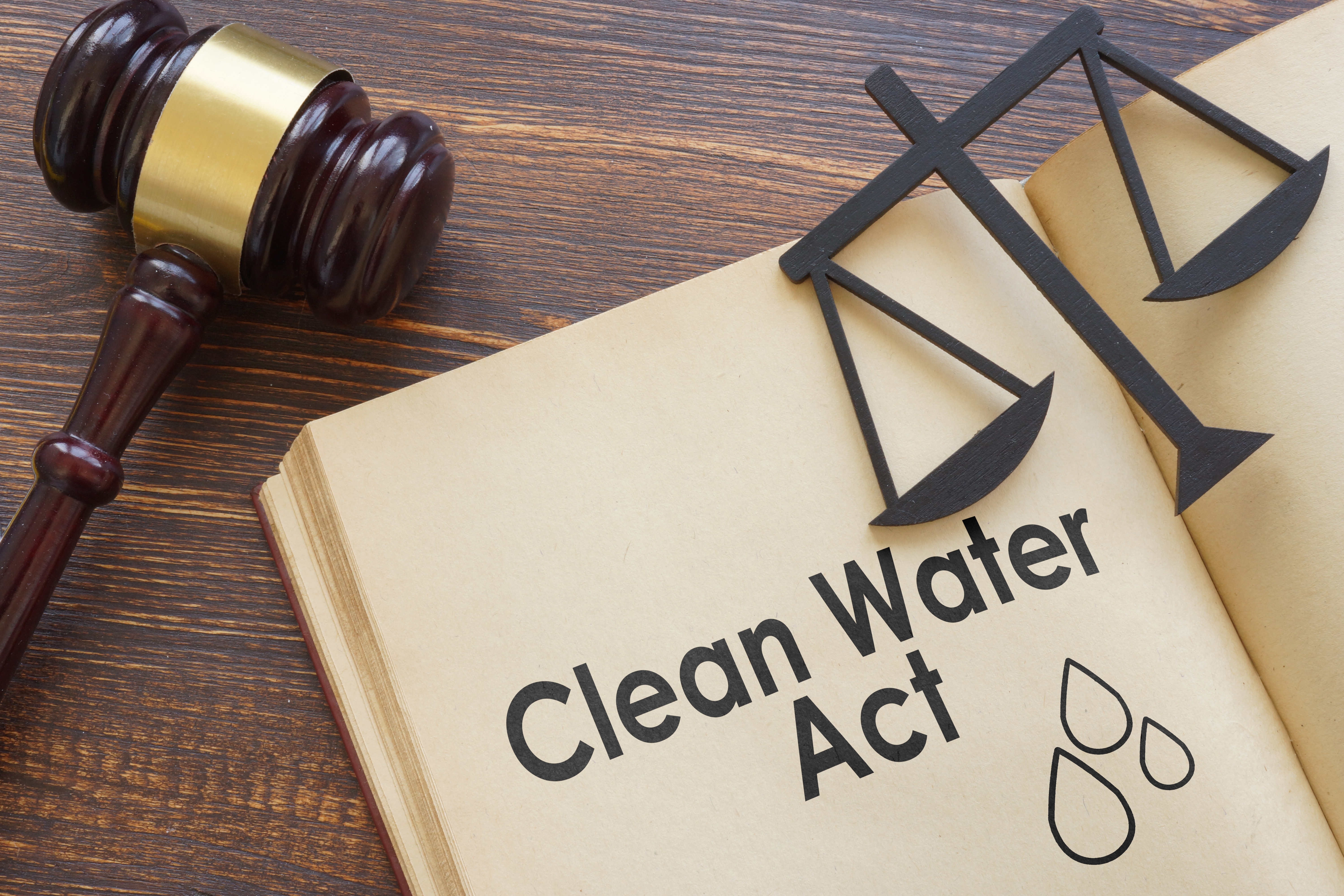A Dire Future for Federal Environmental Protections Before The U.S. Supreme Court
 Cale Jaffe
Cale Jaffe
Professor of Law, General Faculty
Director, Environmental Law and Community Engagement Clinic
Co-Director, Program in Law, Communities and the Environment.*
The Supreme Court’s new term begins on the first Monday of October. But before delving into the most important environmental case yet to be heard, it is worth reflecting on an absolute bombshell of a ruling from last spring in Sackett v. Environmental Protection Agency. Sackett was a monumental Clean Water Act case, but it has also become much more than that. And it very well could mark a dire future for federal environmental protections, writ large.
The text of the Clean Water Act protects “navigable waters” along with “wetlands adjacent thereto.” Yet the majority opinion in Sackett, authored by Justice Samuel Alito, held that wetlands 300 feet from Priest Lake, Idaho, would no longer be considered “adjacent” to the lake and no longer covered by the Act. Those wetlands, along with nearly 60 million acres of other aquatic resources across the country, lost their protected status as part of the “waters of the United States.”

With students in the Environmental Law and Community Engagement Clinic at UVA, I co-authored a friend-of-the-Court brief in Sackett on behalf of the Idaho Conservation League. We learned from our client that wetlands on the Sackett property were visibly part of the Kalispell Bay Fen, a type of marsh that plays a key role in capturing and retaining pollutants before they reach downstream waters. By any common-sense understanding of the word, the Sackett wetlands were “adjacent” to Priest Lake.
Yet Justice Alito dismissed Clean Water Act regulation of this fen, referring to it as “‘jurisdictional’ soil.’” The implication was that the federal government has been impermissibly policing land use, not water quality. From that perspective, the Justices ruled that “adjacent” wetlands would only be protected as part of the “waters of the United States” if they maintained “a continuous surface connection” to navigable-in-fact waterways, such that the line between wetlands and other waters was “indistinguishable.”
Make no mistake about it—this is an astoundingly restrictive test. Justice Brett Kavanaugh, in an opinion that concurred in the judgment only, criticized the majority for not “adhering to the ordinary meaning of ‘adjacent’ wetlands, to the 45 years of consistent agency practice, and to this Court’s precedents…”
Indeed, eight consecutive U.S. Presidents charged with enforcing the “wetlands adjacent” language had agreed that at least some resources that do not physically abut a navigable water could still qualify as “adjacent” and be protected under federal law. Not anymore.
The majority’s analysis echoes last year’s decision in West Virginia v. Environmental Protection Agency, which struck down a Clean Air Act regulation that had been aimed at reigning in greenhouse gas pollution.
In a concurring opinion, Justice Elena Kagan noted a throughline from West Virginia to Sackett, remarking, “The vice in both instances is the same: the Court’s appointment of itself as national decision-maker on environmental policy.” She assessed the situation in stark terms: “‘The Court, rather than Congress, will decide how much regulation is too much.’ … that is not how I think our Government should work … [and] it is not how the Constitution thinks our Government should work….”
To be sure, Sackett and West Virginia paint a picture of a Supreme Court that evinces a remarkable propensity for exerting its own policy preferences. Which leads us to the new term that is just now getting underway.
The case I’m keeping an eye on is Loper Bright Enterprises v. Raimondo. It focuses on a review of regulations adopted by the National Marine Fisheries Service. But it also tees up reconsideration of the Supreme Court’s landmark precedent in Chevron v. Natural Resources Defense Council, a unanimous decision from 1984.
Chevron upheld the core notion that courts will defer to an agency’s reasonable interpretation of ambiguous statutory text from Congress. This principle has helped lay the foundation for much of modern environmental law. Without the deference afforded to them under Chevron, expert agencies like the EPA would often be hamstrung in protecting the nation’s natural treasures.
Yet if past is prologue, Chevron likely won’t survive to see its 40th birthday. An entire regime of environmental protections drafted by Congress likely stands on shakier ground.
- A Revolution in the Air: The Wright Brothers Take to the Sky on December 17, 1903
- Musings on National Violin Day
- Making the Promise Real: How a UN Tax Convention Can Fulfill the UNDHR’s Vision
- UVA Club of Atlanta: Virtual Pilates Class
- UVA Club of New Orleans: Hoo-liday Party
- Virginia Club of New York: Big Band Holidays Jazz Outing